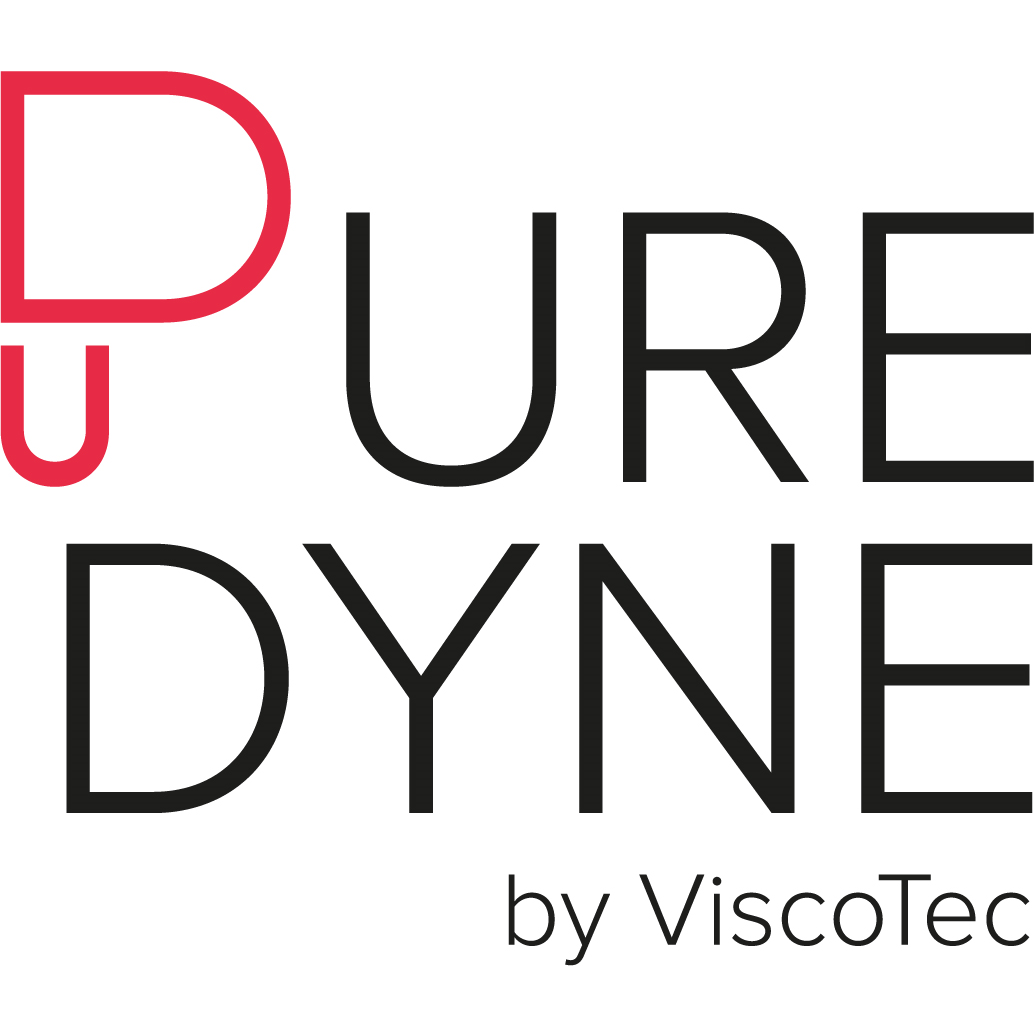Application Reports
Expertise on the subject of bioprintingBioprinting: syringe pumps lack potential
Proven through technological comparison: Puredyne ensures more precise and efficient dosing than syringe pumps Thanks to his research in the area of bioprinting and topics such as peripheral vascular diseases, Dr. Tomasz Jüngst is one of the most active scholars in this sector. The junior professor teaches and researches at the university hospital in Würzburg (as part of the academic chair for...
Temperature Management and Dispensing of Gelatin
Motivation Operators working in bioprinting are faced with major challenges in manufacturing processes during extrusion-based processing of biological and cell-loaded materials. Puredyne® – the brand for bioprinting launched by ViscoTec last year – solves this problem and guarantees that the material will be dosed with high accuracy using the printhead developed by the company itself. Now the...
Blood vessel structures printed with Pluronic and Gelatin
Introduction For the first time, ViscoTec has managed to print open channels and exemplary blood vessel structures with reproducible high quality results. This article outlines the basic principles and test setup. This application report also exemplifies the level of importance these successful tests from co-printing Pluronic and Gelatin have on the industry. Initial situation In comparison to...
3D printing of a bioink vein succeeds confidently and with no fluid loss
Puredyne® printheads give the user the necessary flexibility in handling bioinks Anyone researching bioink knows that developing a good printable ink is not easy and, above all, cost-intensive. It is a complex process to combine water and a biopolymer to form a hydrogel. Only after the gel has been optimized for printing, the mechanical stability of a printed object can be guaranteed.If...
Bioprinting: The challenge of highly filled pastes
Puredyne ensures maximum precision in printing conductive pastes and ink Although the printing of complete functional organs is still a dream of the future, research, and development of clinical bioprinter applications are making great strides. New technologies are needed to further improve the printing process of organic substances and to establish the three-dimensional construction of living...
3D Bioprinting with Alginate
Perfect contours, fine lines, clean start / end points with Puredyne® Alginate is one of the most used materials in bioprinting. In addition to relatively low material costs, the mechanical properties and printability are also an advantage for the material. However, with existing extrusion systems such as pneumatic- or syringe extrusion, irregularities in the bioprinting of models can occur due...
